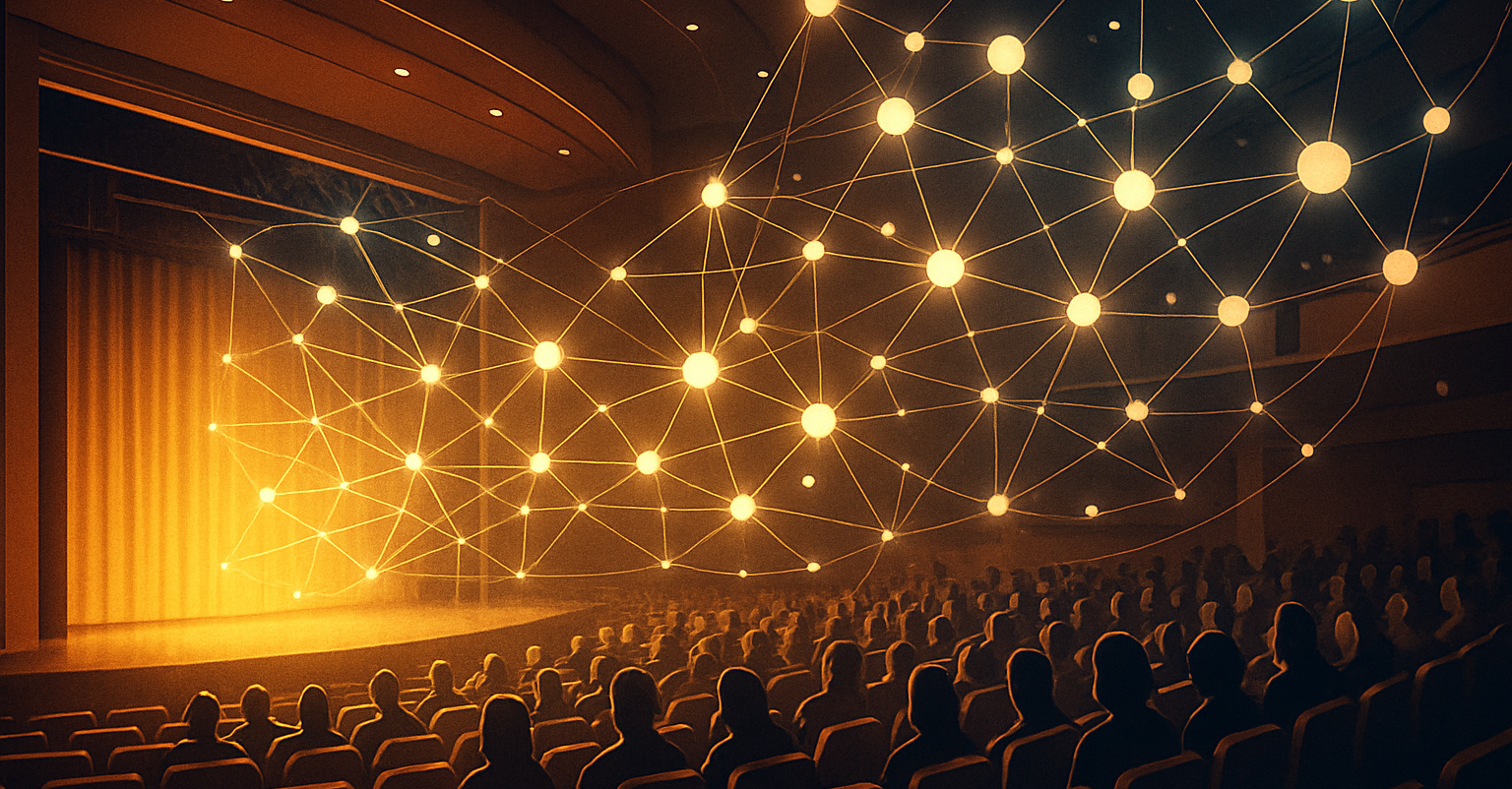Okay, let’s acknowledge the obvious: for most arts organizations, your building is essential. It’s the space where art comes to life; the stage, the gallery, the gathering place for the community you serve.
But here’s the truth we need to say out loud: without a CRM system that’s working hard for you, the impact of that work - the audiences in your seats, the loyalty of your donors, the sustainability of your mission - is limited.
Your CRM isn’t just a database, or a means to sell tickets. It’s the infrastructure of your relationships. It’s what connects every ticket sold, every donation given, and every email opened. And in a world where revenue growth isn’t keeping pace with expenses, those relationships are your most renewable and sustainable asset.
The arts are built on connection and your CRM is what makes that connection repeatable, measurable, bankable.
If you don’t treat it like an asset, it can’t perform like one.
What Is a CRM, Really?
CRM stands for Customer Relationship Management. But in the arts, it’s more than a technical system; it’s your organizational memory.
Your CRM holds every touchpoint your patrons have with you: attendance history, giving behaviors, communication preferences, frequency, and recency. In other words, it tells you who your audience is, what they value, and the data you need to invite them back.
A CRM that’s working well gives you clarity. It answers questions like:
- Who hasn’t been back since last season?
- Who’s ready to upgrade their giving or attend more often?
- Which audiences are deepening their relationship, and which are quietly drifting away?
Without that sort of clarity, you’re probably just making expensive guesses.
Breaking the Cycle of Churn: The Strategic Role of Your CRM
Each year, more than half of audiences at many arts organizations are brand new. But 75% of those first-timers never return. That means we’re constantly rebuilding relationships from scratch; over-prospecting while under-retaining.
Your building can hold a crowd. Your CRM can help you keep one.
The only way to break that cycle of churn is with actionable data; not just names in a database, but insight you can act on. Data that tells you who’s new, who’s missing, and who’s most likely to come back.
When used strategically, your CRM becomes the bridge between your organization’s mission and it’s budget; transforming attendance data into the intelligence that drives your decisions around retention, pricing and demand. It’s how you stop starting over every year and start building the loyalty that funds your future.
Why Data Discipline Matters More Than Data Volume
Ugly data is everywhere.
You can have the best system in the world, but if the data inside it is incomplete, inconsistent, or disorganized, your CRM can’t do its job.
Disciplined focus around your CRM means:
- Capturing every relationship: No “quick sales,” no anonymous transactions.
- Keeping data clean: Regular deduplication, address verification, and opt-in/marketing consent tracking.
- Organizing for action: Clear segmentation schemes that let you send the right message to the right patron at the right time.
- Collaborating across teams: Marketing, box office, and development working from the same data and definitions.
A CRM is only as valuable as the habits that sustain it.
Data Stewardship: From Clean Data to Actionable Insight
A CRM full of accurate, well-segmented data gives you power; not just to see what happened, but to predict what comes next; and to steer your loyalty-building activities.
That’s why TRG recommends an ongoing rhythm of data stewardship. It’s not an annual task; it’s a year-round practice, and everyone is responsible.
But, if you need a place to start, our article Declutter Your Data: A 5-Step Spring Clean breaks down the essentials:
- Capture It: Every transaction should connect to a patron record.
- Clean It: Remove duplicates and outdated info.
- Organize It: Structure for easy access and reporting.
- Segment It: Send the right message to the right person.
- Use It: Turn insight into action.
It’s a practical roadmap to make your CRM more powerful, and your campaigns more profitable.
What Leaders Can Do Right Now
- Treat CRM as essential infrastructure. It deserves the same investment and care as your physical building.
- Audit your database health. How much of it is active and accurate?
- Make CRM strategy a leadership conversation. Don’t just leave it to your team. Accountability matters.
- Connect CRM insight to pricing, loyalty, and revenue planning. If your data isn’t shaping your strategy, what is?
- Start small, but start now. Pilot a data-driven campaign and measure what changes.
Unlock New Opportunities for Loyalty and Revenue in 30 Minutes
The insights you need to build lasting relationships with your audience and drive sustainable revenue are already in your data. It’s time to unlock the power of segmentation, actionable insights, and loyalty-building strategies to drive real results for your organization.
Schedule a 30-minute conversation with us to uncover opportunities for building deeper relationships with your audience and driving consistent revenue growth.

